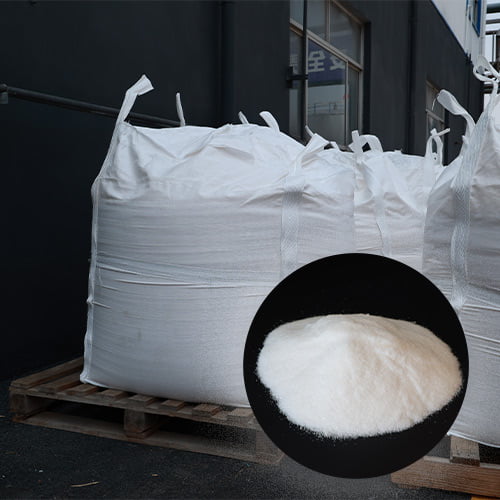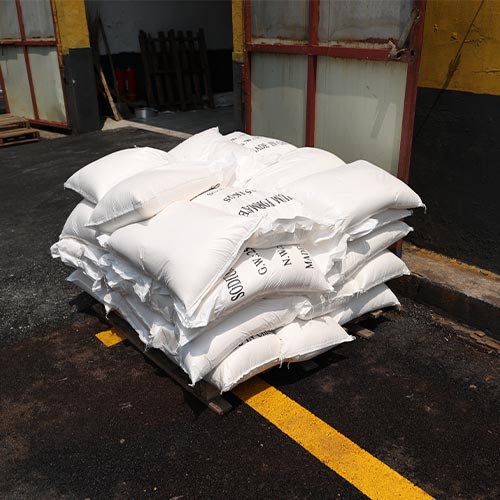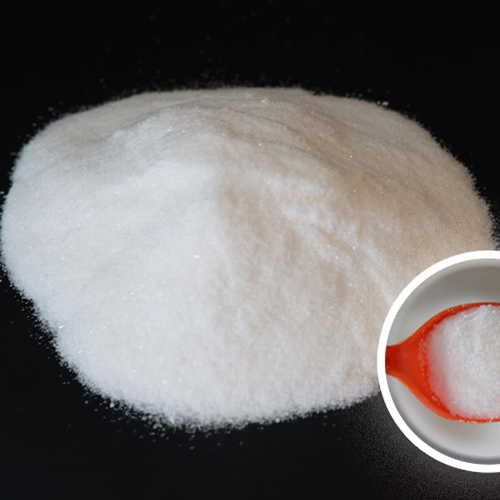Introduction
Sodium formate is a versatile chemical compound used in various industrial applications, ranging from deicing to chemical synthesis. One of the critical aspects of sodium formate that influences its use in these processes is its boiling point. Understanding the sodium formate boiling point and the factors that affect it is essential for optimizing its application in industrial settings. This blog will explore the key factors that influence the boiling point of sodium formate, its significance in different processes, and practical considerations for its use.
Understanding the Boiling Point of Sodium Formate

The boiling point of a substance is the temperature at which its vapor pressure equals the external pressure surrounding it, causing the substance to transition from a liquid to a gas. For sodium formate, the boiling point is a crucial property that determines how it behaves under different temperature conditions. This property is particularly important in industries where sodium formate is used as a solvent, a reagent, or in processes that involve heating.
The boiling point of sodium formate is generally around 360°C (680°F) under standard atmospheric pressure. However, this value can vary depending on several factors, such as pressure, impurities, and the presence of other chemicals.
Key Factors Influencing Sodium Formate Boiling Point
Several factors can influence the boiling point of sodium formate, and understanding these can help in optimizing its use in various industrial processes.
Pression
One of the most significant factors affecting the boiling point of sodium formate is pressure. Under increased pressure, the boiling point of sodium formate rises because more energy is required to overcome the external pressure and allow the molecules to escape into the gaseous phase. Conversely, reducing the pressure lowers the boiling point, which can be useful in processes such as vacuum distillation.
Impurities
The presence of impurities in sodium formate can also impact its boiling point. Impurities can cause a phenomenon known as boiling point elevation, where the boiling point of the compound is higher than that of the pure substance. This is because impurities disrupt the uniformity of the solution, requiring additional energy to achieve the phase transition.
Chemical Interactions
Sodium formate can interact with other chemicals in a mixture, leading to changes in its boiling point. For example, when mixed with solvents or other reagents, these interactions can either raise or lower the boiling point depending on the nature of the interaction. Understanding these chemical interactions is essential for accurately predicting the boiling point in mixed systems.
Table: Comparison of Sodium Formate Boiling Point Under Different Conditions
| Condition | Boiling Point (°C) | Explanation |
|---|---|---|
| Standard Pressure (1 atm) | 360°C | The typical boiling point under normal atmospheric pressure |
| Reduced Pressure (0.5 atm) | 290°C | Lower pressure reduces the boiling point |
| In the Presence of Impurities | 370°C | Impurities cause a slight increase in boiling point |
| Mixed with Water | 350°C | Interactions with water slightly lower the boiling point |
| High-Pressure Environment (2 atm) | 400°C | Increased pressure raises the boiling point significantly |
The Importance of Sodium Formate Boiling Point in Industrial Applications
The boiling point of sodium formate plays a crucial role in its application across various industries. For example, in the chemical industry, sodium formate is often used as a reagent in reactions that require heating. Knowing its boiling point allows for precise temperature control during these reactions, ensuring that the compound remains stable and effective.
In deicing, sodium formate is valued for its effectiveness in low temperatures. Understanding its boiling point is essential for ensuring that it functions efficiently without degradation in cold environments. Moreover, in applications such as oil drilling, where sodium formate is used in high-temperature conditions, knowing its boiling point helps in designing processes that prevent its premature vaporization.
Practical Considerations for Using Sodium Formate

When using sodium formate in industrial processes, it is important to consider its boiling point along with other factors such as concentration, pressure, and potential chemical interactions. For instance, in processes that involve heating, it is crucial to maintain temperatures below the boiling point to prevent the loss of sodium formate through evaporation.
In addition, the equipment used in these processes should be designed to withstand the temperatures at or near the boiling point of sodium formate. This ensures that the compound remains in its intended state, whether liquid or gaseous, throughout the process.
Conclusion
The sodium formate boiling point is a critical property that influences its behavior in various industrial applications. By understanding the factors that affect this boiling point, such as pressure, impurities, and chemical interactions, industries can optimize their use of sodium formate, ensuring that it performs effectively in different processes. Whether in chemical synthesis, deicing, or oil drilling, a deep understanding of sodium formate’s boiling point can lead to more efficient and reliable operations.
FAQ
What is the standard sodium formate boiling point under normal conditions?
The standard sodium formate boiling point is approximately 360°C (680°F) under normal atmospheric pressure.
How does pressure affect the sodium formate boiling point?
Increasing the pressure raises the sodium formate boiling point, while decreasing the pressure lowers it. This effect is crucial in processes like vacuum distillation.
Can impurities influence the sodium formate boiling point?
Yes, impurities can lead to an increase in the sodium formate boiling point due to boiling point elevation, where additional energy is required to overcome the effects of the impurities.
Why is the sodium formate boiling point important in industrial applications?
Understanding the sodium formate boiling point is essential for maintaining the compound’s stability and effectiveness during processes that involve heating or temperature control.
What happens to the sodium formate boiling point when mixed with other chemicals?
When mixed with other chemicals, the sodium formate boiling point can either increase or decrease depending on the nature of the interactions between the compounds.
How does the sodium formate boiling point compare to other similar compounds?
Sodium formate has a relatively high boiling point compared to other formates, making it suitable for high-temperature applications.
Is it possible to reduce the sodium formate boiling point in a controlled environment?
Yes, reducing the atmospheric pressure, such as in a vacuum, can lower the sodium formate boiling point, allowing it to boil at a lower temperature.
Does the sodium formate boiling point vary with concentration?
The sodium formate boiling point can be influenced by its concentration, with more concentrated solutions potentially having a higher boiling point due to stronger intermolecular forces.
What equipment considerations are necessary given the sodium formate boiling point?
Equipment used in processes involving sodium formate must be able to withstand temperatures at or near its boiling point to prevent degradation or failure.
How does the sodium formate boiling point affect its use in deicing?
The high sodium formate boiling point ensures that it remains effective in low-temperature deicing applications, as it does not easily evaporate at typical environmental temperatures.



